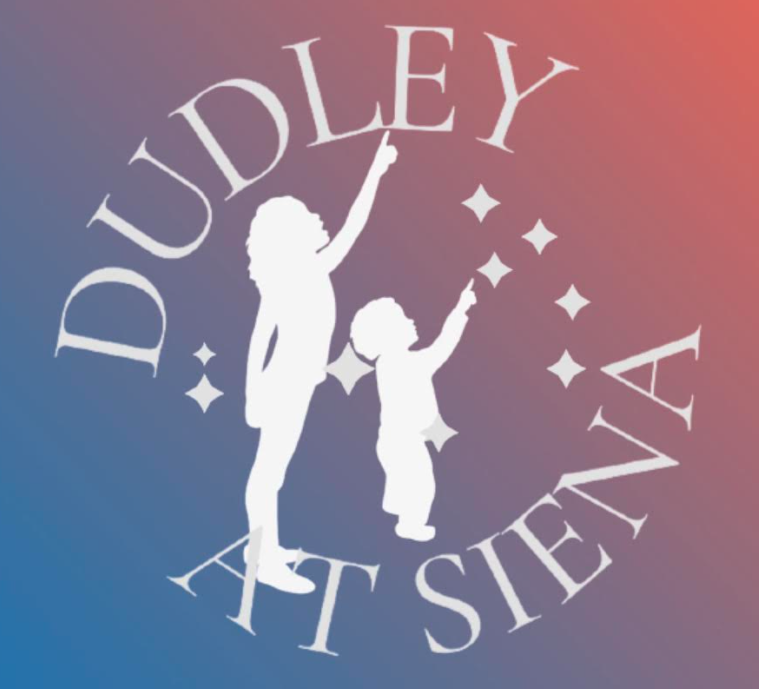Skywatch Line for Friday, August 1, through Sunday, August 3, written by Sam Salem
This is Dudley Observatory’s Skywatch Line for Friday, August 1, through Sunday, August 3, written by Sam Salem.
On Friday, Sun rises at 5:47am and sets at 8:16pm; Moon rises at 2:03pm and sets at 11:39pm.
The first quarter Moon occurs on Friday at 8:41am. It will move near Zubenelgenubi, in the constellation of Libra the Scales. First quarter Moon rises around noon and sets around midnight.
Lunar X and Lunar V are famous optical features on the Moon. They are visible through a telescope for few hours around the time of the 1st quarter Moon. It is a clair-obscur effect in which light and shadow creates the appearance of letters ‘X’ and ‘V’ on the Moon’s surface. The illusion of Lunar X is created by sunlight falling on the rims between the craters La Caille, Bianchini, and Purbach. The V is caused by light illuminating crater Ukert, along with several smaller craters.
The Moon will reach apogee, its farthest distance from Earth in its elliptical orbit on Friday, when it’s 251,134 miles away.
On Saturday, the waxing gibbous Moon will lie near Antares, the brightest star in the constellation of Scorpius the Scorpion. Then on Sunday evening, the Moon hangs about 1° below orange Antares.
Mercury is out of sight in conjunction with the Sun. Mercury will pass between Earth and the Sun on Friday, reaching inferior conjunction. It’ll emerge in the morning sky later in August.
Catch Venus and Jupiter before dawn.
Venus, at magnitude –4.0, rises above the east-northeast horizon, about an hour before dawn. In a telescope, Venus’ shrinking globe is small and gibbous. It’s 74% sunlit.
Jupiter, magnitude –1.9, rises before the beginning of dawn. It sits lower left of Venus. Venus and Jupiter are about 9° apart on Saturday. The two planets are heading for a close conjunction, just 0.9° apart, on August 12th.
Saturn, magnitude +0.8 in the constellation of Pisces, rises around 11pm. Saturn is visible most the night. Watch Saturn with a telescope an hour before the beginning of dawn when it’s at its highest in the south.
Titan, Saturn’s largest moon, casts its shadow on Saturn in early hours of Sunday. Every 15 years Titan repeatedly crosses Saturn’s face from Earth’s viewpoint and casts its very tiny black shadow onto Saturn’ face. On Saturday night-early Sunday, Titan’s shadow crosses Saturn from 2:25am to 7:04am. Titan will continue crossing Saturn’s face from Earth’s view point every 16 days until October.
Mars, magnitude 1.6 at the border of constellations Leo and Virgo, can still be spotted very low due west as twilight fades toward dark. Binoculars will help. Mars sets right after full dark.
Uranus, magnitude 5.8 in constellation of Taurus near the Pleiades, rises around 1am and is well up in the east before the beginning of dawn.
